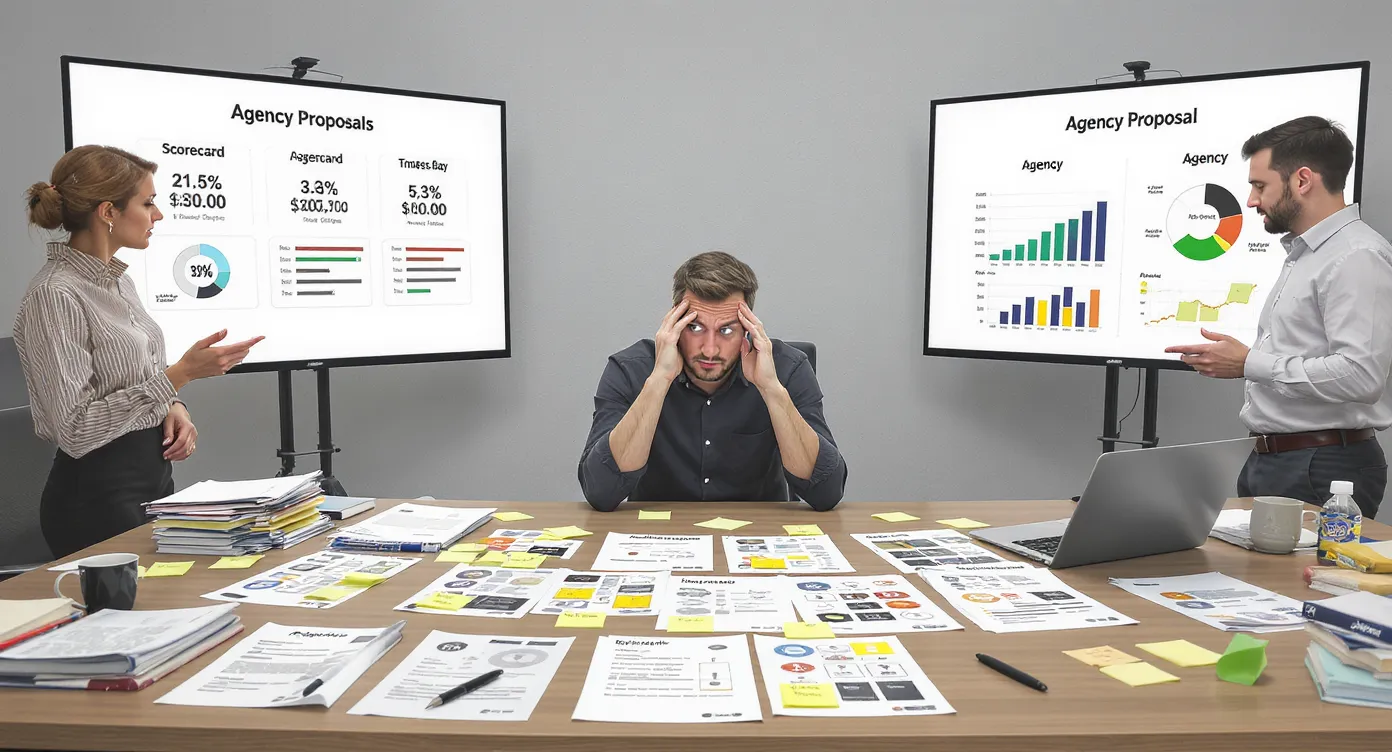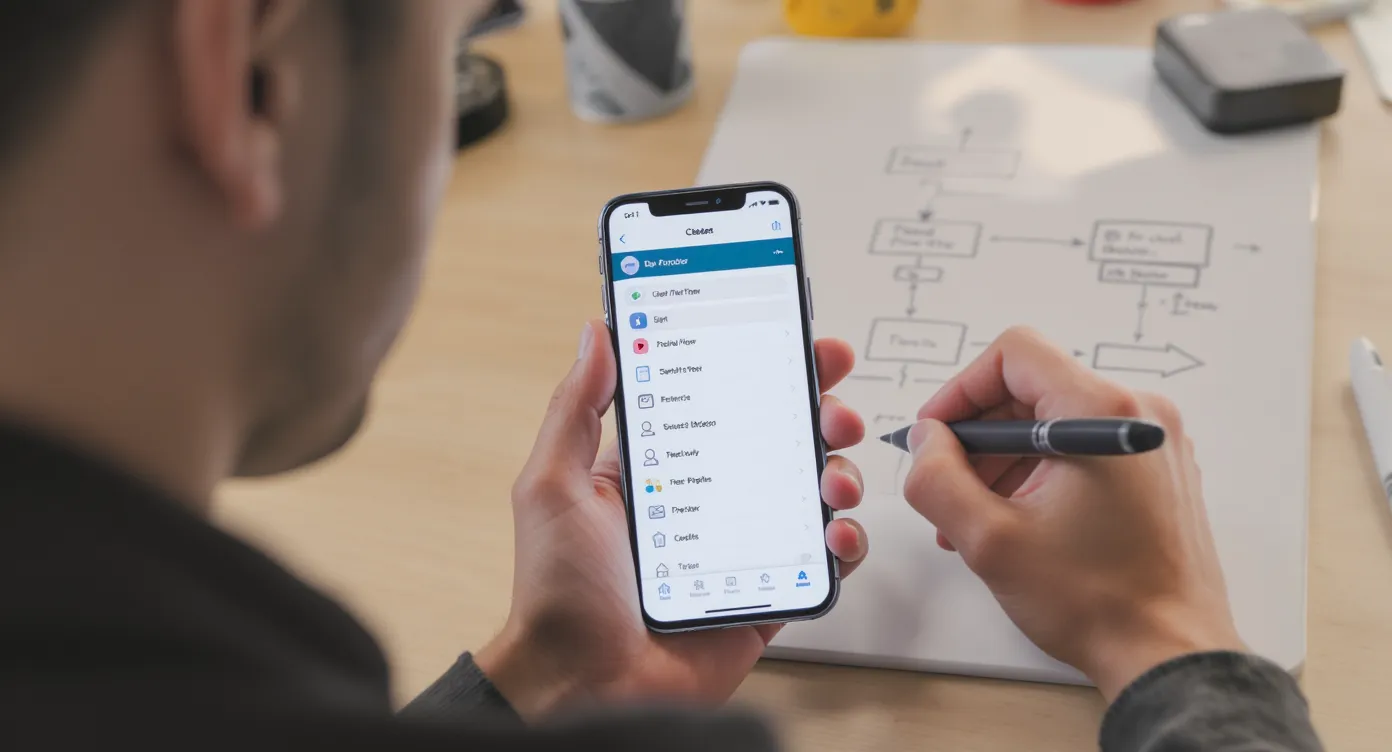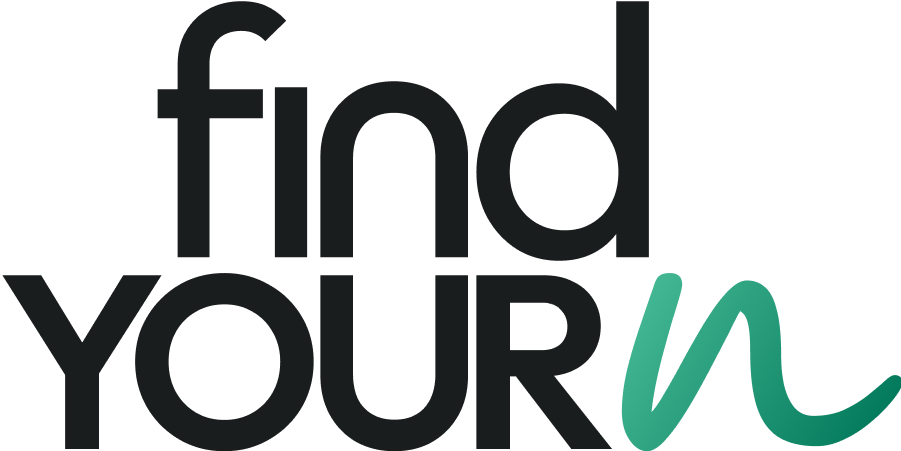Choosing a Web Design and Development Agency: Founder Guide

Launching a new product is hard enough—finding a web design and development agency that can keep pace with your ambitions shouldn’t add to the stress. Yet, with thousands of agencies worldwide advertising similar skill sets, founders often risk spending precious runway on the wrong partner. This founder-centric guide breaks down a proven selection framework, common red flags, and insider questions that separate exceptional agencies from the merely average.
1. Map Your Product Vision Before You Shop Agencies
A great collaboration starts with clarity. Documenting key project parameters will help agencies deliver accurate proposals—and instantly weed out those that aren’t a fit.
| Project Parameter | Founder Questions to Answer |
|---|---|
| Core goals | Are you validating a problem (MVP) or scaling an existing product? |
| Success metrics | Monthly active users? Conversion rate? Revenue? |
| Target users | Who are the primary personas and what are their pain points? |
| Key features | Must-haves vs nice-to-haves for launch? |
| Tech constraints | Preferred stack, integrations, compliance needs? |
| Budget & runway | How many months of burn can you allocate? |
| Timeline | Ideal launch date and critical milestones? |
Having these answers on paper reduces discovery time and helps agencies scope realistically. According to a 2024 Clutch survey, 57 % of web projects exceed budget because initial requirements were incomplete—proof that homework saves money.
2. Know the Agency Types—And Which One Fits Your Stage
- Design-only studios focus on UI/UX, branding, and marketing sites.
- Development shops excel at engineering complex applications but may lack product strategy.
- Full-service agencies (like Find Your N) combine strategy, design, and engineering under one roof, often with sprint-based MVP programs tailored to startups.
Early-stage founders typically benefit from a full-service model: fewer vendor hand-offs, faster feedback loops, and one accountable partner from wireframe to App Store submission.
3. The Eight-Point Agency Scorecard
Use the following criteria as a weighted scorecard (total = 100 points) when reviewing contenders.
| Criterion | Weight | What to Look For |
|---|---|---|
| Relevant portfolio | 20 | Apps/sites similar in scale, industry, or tech stack to yours. |
| Technical depth | 15 | Modern frameworks (React, Flutter, Node.js), DevOps, QA automation. |
| Product & UX thinking | 15 | Evidence of user research, data-driven design decisions. |
| Process transparency | 10 | Documented discovery, sprint cadence, demos, and retrospectives. |
| Communication & culture fit | 15 | Access to Slack channels, founder-level visibility, timezone overlap. |
| Client references | 10 | Willingness to arrange calls, third-party reviews on Clutch or GoodFirms. |
| Pricing clarity | 10 | Milestone-based invoices, clear change-request policy. |
| Post-launch support | 5 | Maintenance SLAs, analytics reporting, iterative roadmap help. |
How to validate each point
- Portfolio: Ask for live URLs and analytics improvements, not just Dribbble shots.
- Technical depth: Hold a dev-to-dev conversation with their engineering lead.
- Product thinking: Request sample user stories or a product brief they created.
- Process: Review a sanitized Jira board or sprint plan from a past project.
Tip
A 2023 Forrester report found teams that demo every two weeks ship 32 % fewer post-launch bugs than those with monthly demos. Confirm the cadence.
4. Red Flags Founders Shouldn’t Ignore
- Vague estimates (“somewhere between $30k–$80k”).
- Pushback on third-party code reviews or security audits.
- Over-promising senior talent but assigning junior staff after sign-off.
- No mention of user testing or analytics instrumentation.
- Ownership ambiguity regarding source code and design files.
If an agency exhibits two or more of these, keep looking.

5. How to Compare Proposals Side-by-Side
Create a simple matrix listing agencies vs the eight criteria above. Add two cost lines: baseline quote and worst-case overage. Favor clarity over the lowest bid.
| Agency | Score (100) | Baseline Quote | Overage Cap | Delivery Time |
|---|---|---|---|---|
| Agency A | 82 | $65k | $75k | 14 weeks |
| Agency B | 74 | $55k | n/a | 18 weeks |
| Agency C | 88 | $68k | $72k | 12 weeks |
In most cases, founders choose Agency C even though it isn’t the cheapest—speed and capped risk are worth the premium.
6. Negotiating a Win-Win Contract
- Align on an agile statement of work that includes: deliverables per sprint, definition of done, and demo schedule.
- Split payments by milestones (e.g., 20 % discovery, 40 % alpha, 30 % beta, 10 % launch).
- Include an intellectual-property clause assigning all code and design assets to your company upon final payment.
- Add a kill fee (10–15 %) so either party can exit gracefully if priorities shift.
Legal fees sting, but standardized MSA templates (e.g., Y Combinator SAFE work-for-hire agreements) can shorten reviews.
7. Onboarding: The First 30 Days With Your Chosen Partner
- Kickoff workshop: revisit user personas, success metrics, and tech constraints.
- Collaborative roadmap: break down the backlog into 1- or 2-week sprints.
- Communication norms: daily Slack stand-ups? Weekly Zooms? Monthly stakeholder demos?
- Tool stack setup: shared Figma files, GitHub repos, CI/CD pipelines.
Teams that invest in a thorough kickoff reduce mid-project scope creep by up to 40 % (PMI, 2022).
8. Why Startup-Focused Agencies Deliver Faster ROI
Generalist firms serve enterprises, local retailers, and nonprofits. Startup specialists like Find Your N build exclusively for founders, which leads to:
- Faster MVP cycles: standardized sprint templates and reusable component libraries.
- Lean budget management: milestone billing tied to fundraising timelines.
- Advisory mindset: guidance on product–market fit, investor decks, and growth analytics—not just code.
If you need to impress seed investors in 90 days, that context matters.

Frequently Asked Questions
How much should a web design and development agency project cost? Budgets vary widely: a marketing website can start at $5k, while a feature-rich SaaS MVP often ranges from $40k–$150k depending on complexity, integrations, and timelines.
What is the typical timeline to launch an MVP? For web or mobile MVPs, 10–16 weeks is common when using agile sprints with weekly demos. Highly regulated or AI-heavy products may take longer.
Should I hire freelancers instead of an agency? Freelancers can be cost-effective for narrow tasks, but agencies provide cross-functional teams (product, design, engineering) and a single point of accountability—crucial for founders juggling fundraising and go-to-market.
Which documents do I need before kickoff? A one-page problem statement, high-level feature list, competitor links, brand guidelines (if available), and a realistic budget range will accelerate discovery.
How do I measure agency performance post-launch? Track agreed OKRs: uptime, load time, user acquisition costs, customer satisfaction scores, and sprint velocity for ongoing releases.
Ready to turn that pitch-deck idea into a market-ready product? Schedule a free 30-minute strategy call with the startup specialists at Find Your N and get a tailored roadmap—no strings attached.
